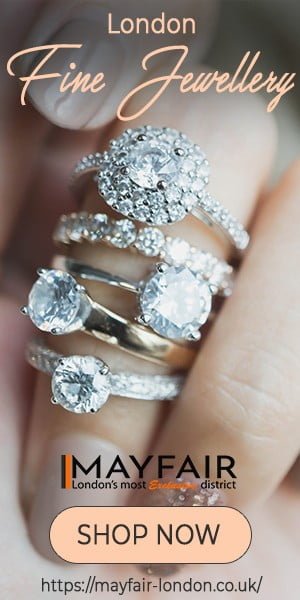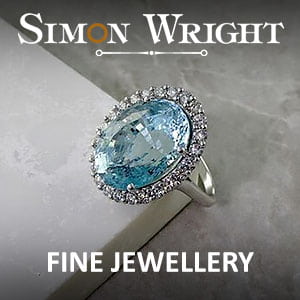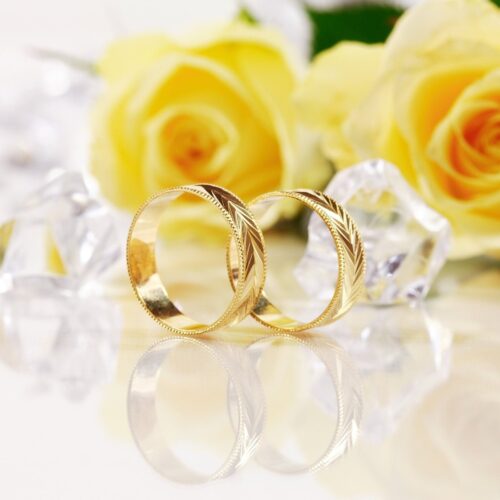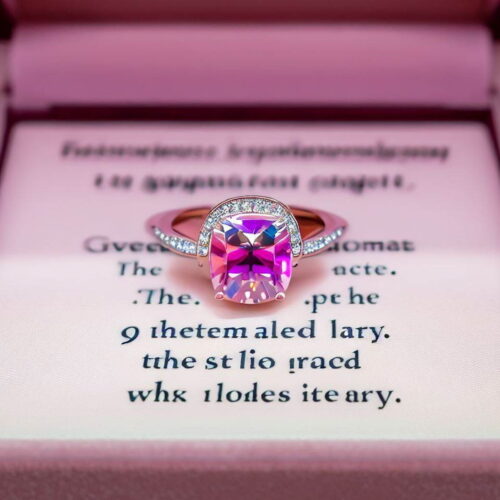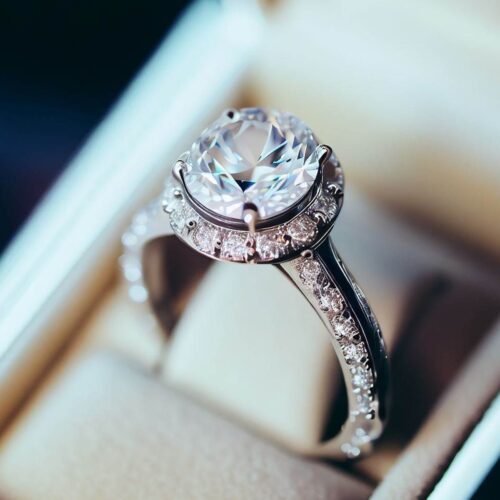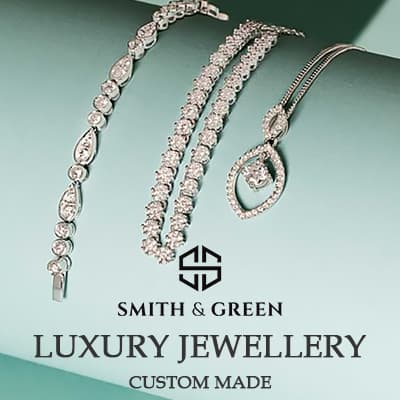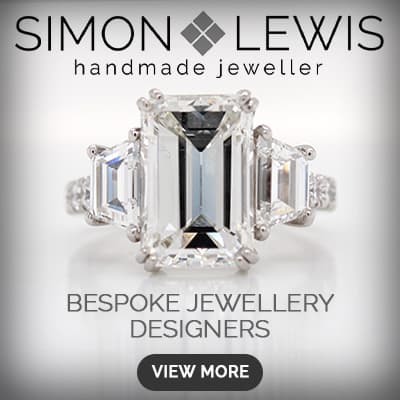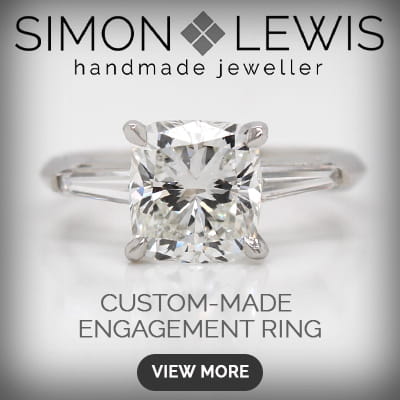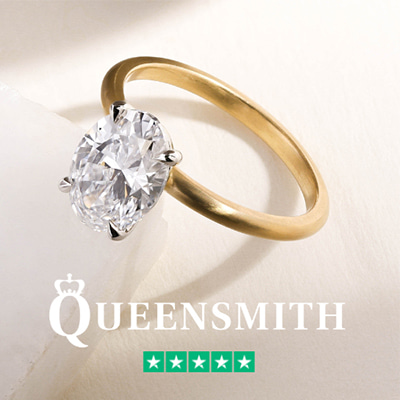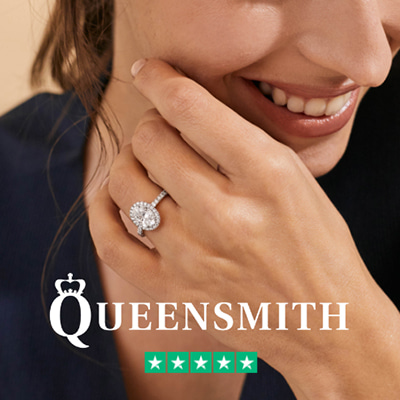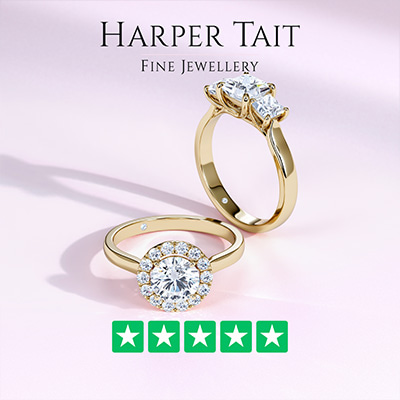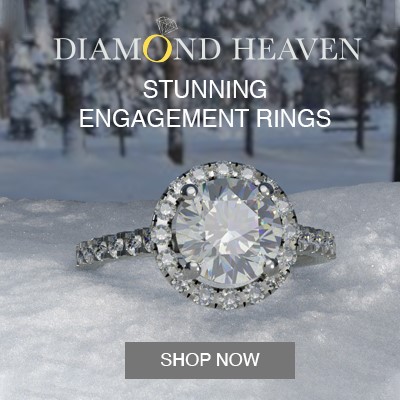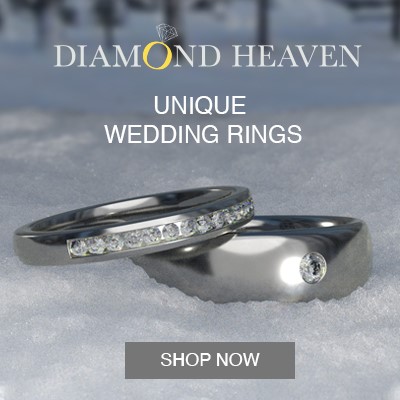Jewellery, like fashion, experiences different trends. Not even gold, often considered a timeless option, is spared from these changing styles. Shifting jewellery trends for gold are particularly perceptible when looking at the available colours of this sought-after metal.
In the 1990s, white gold was the trendy choice, and in more recent years, the popular preference has been rose gold. Alongside the growing popularity of white and rose options, another gold colour has been making its way onto the jewellery design scene: purple gold.
It’s a recent addition to the colour spectrum of gold, and it understandably has been met with the question: is it high-end or a cheap gimmick? The answer to this requires understanding several factors, starting with what purple gold is and how it sets itself apart from other gold colours.
What Is Purple Gold?
On the surface, purple gold is exactly what it sounds like gold that is purple in colour. However, when you look at the composition, there’s much more to it—just like with every other colour of gold.
Purple gold, like rose gold, yellow gold, or white gold, is made up of several elemental metals, with gold being the predominant material. The alloyed metals add strength and durability to gold and, of course, change the colour of gold from its notable yellow to other shades.
Although the purple hue may seem artificial, there is no added colouring or coating to achieve the brilliant colour. To create purple gold, gold is combined with aluminium. It may sound simple to combine two basic metals, but these particular metals are incredibly difficult to pair to get the desired purple outcome and a malleable metal for jewellery making. The process is painstaking, which contributes to the rarity and limited awareness of purple gold.
How Is Purple Gold Different from Other Gold Colours?
When crafting different colours of gold, a variety of other metals are usually used, most often copper, nickel, palladium, silver, or zinc. Most golds usually include one or two other metals, which, like the aluminium in purple gold, will create different shades.
For instance, yellow gold will often have copper and silver in equal proportions, while rose gold will have a higher amount of copper to achieve the warm, reddish tones of the colour. To achieve white gold, which has a silver appearance, metals like nickel, palladium, or silver are predominantly used.
Yellow gold, white gold, and rose gold are some of the most common options at jewellery stores, but there are colours beyond these three options and purple gold. Other unexpected colours include blue gold, green gold (also called electrum), and black gold. Like other gold colours, these shades use a unique metal composition and alloy process to obtain their colour.
Purple gold is unique because aluminium is used as the additional metal material, giving it a unique metal content compared to other gold colours. In addition to its unique composition, purple gold is also newer than other gold colours. It was first created in 2000, while white gold and rose gold were invented in the early 19th century.

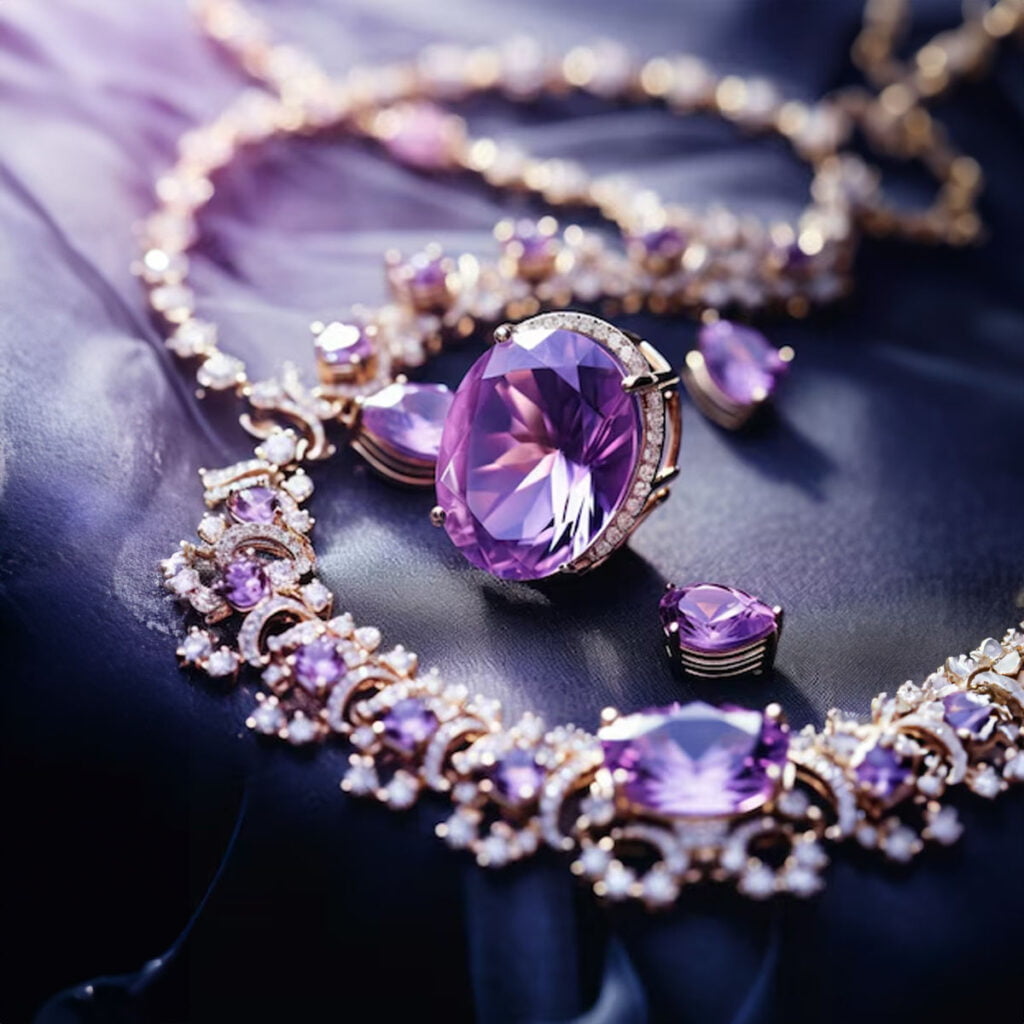
What Makes Gold Valuable?
Defining what it is about gold that makes it so valuable is not easy. Many might even argue that the allure of gold transcends reason and justification. Since some of humanity’s earliest recordings, gold has held our interest and been given significance in our societies and cultures.
People have long been drawn to this shiny, malleable metal, and as a result, it has been considered a valuable resource. A resource used to adorn ourselves, buildings, and important artefacts, and as a monetary investment.
Today, we attribute gold’s value to several factors, the most prominent being that it’s the most practical rare metal to use as a currency. Unlike other metals, gold doesn’t easily corrode, rust, or react to other elements. It’s also relatively easy to mix, mould, and mine while still being rare.
Appraising the Value of Gold Jewellery
When appraising the value of gold jewellery—of any colour—the ratio of gold to other metals is one of the most important factors. The ratio of gold is usually shared in karats, with pure gold being 24 karats or 100% gold. An 18-karat gold ring would have a composition of 75% gold and 25% added metals.
So, with this in mind, is purple gold any less valuable than yellow gold or rose gold?
The Value of Purple Gold
Compositionally speaking, purple gold is just as valuable as other colours of gold—it is, after all, predominantly made up of the element. Most purple golds have such a high gold proportion that they are considered 18 karats. Usually, this colour consists of 79% gold to offset the brittleness that occurs when adding aluminium.
So, if purple gold ends up in the collections of high-end jewellery stores, it wouldn’t be a surprise. Just as clothing stores have shirts in a range of colours and online reviewers offer a variety of popular slot sites and gaming apps, jewellery stores like to provide a variety of options to their clientele.
Beyond the value, the other big question to ask is: will purple gold be as aesthetically pleasing and timeless as other gold options? The answer likely belongs to the attitude of consumers and the comings and goings of trends.
Conclusion
Purple gold may sound like a gimmicky marketing label, but it indeed refers to gold the same way that the terms yellow gold and white gold do. It’s a unique metal composition that, while tricky to craft, has the potential to become a more popular option in jewellery collections.



